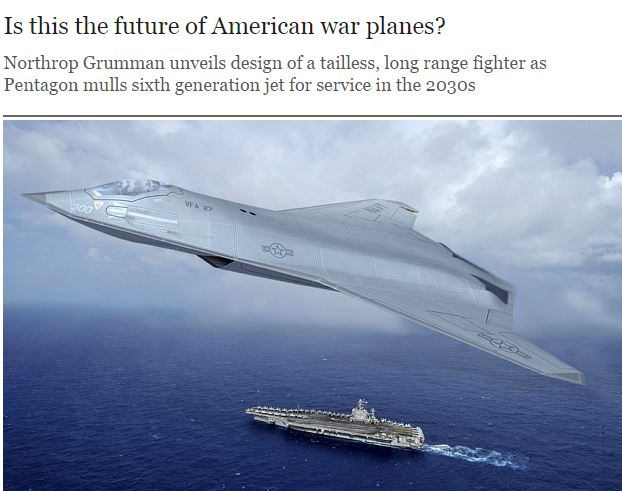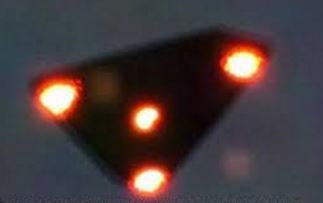It looks like you're using an Ad Blocker.
Please white-list or disable AboveTopSecret.com in your ad-blocking tool.
Thank you.
Some features of ATS will be disabled while you continue to use an ad-blocker.
share:
a reply to: anzha
The two questions here are:
Why contrarotating props? and 2) Why a flying wing?
As a UAV designer, I would say both design choices come from the stated mission requirement of very long range, very long endurance, combined with the requirement for vertical takeoff and landing (VTOL).
For long range and endurance, the design has to be all about aerodynamic efficiency (high Lift-to-Drag ratio, or L/D) and thermodynamic efficiency (low Specific Fuel Consumption, or SFC) For efficiency in horizontal flight, a fixed wing beats a rotor system (helicopter, gyrocopter, quadcopter, etc.) every time. This is why the V-22, for instance, approximately doubles the range of a comparably sized helicopter. In order to meet the requirement for long range and endurance, the cruise portion of the mission HAS to be carried by wings, not by rotors.
The stated mission requirement from DARPA also specifies “medium altitude” (typically about 20,000 ft or so) so there is no particular need for high altitude or high speed. However, the payload/range requirement objective of 270 kg over 1670 km implies a relatively large airframe by UAV standards (about the size of a Cessna Centurion). A vehicle of this weight category puts it outside the capacity of battery or fuel cell propulsion, so you are pretty much stuck with a heat engine of some sort. A well-designed turboprop system is a lot more efficient than a turbojet or turbofan generating the same amount of thrust (at least at medium altitudes and speeds) so again, if you want long range and endurance, you go with a turboprop. This answer hasn’t changed in 30 years because the laws of physics haven’t changed. (A reciprocating engine could theoretically have a lower fuel burn than a turboshaft engine of the same power, but the turboshaft will win on weight and reliability.) I wouldn’t be surprised if they end up with something like a PW PT-6 turboshaft and a cruise Mach number of about 0.5 (around 330 kts.) In any case, the wing airfoil section, aspect ratio, and sweep angle all indicate a decidedly subsonic cruise speed.
Once you’re committed to a turboprop-fixed-wing combination to satisfy the range and endurance requirements, then it seems logical to accommodate the VTOL requirement by using the same turboprop-fixed-wing combination for hover, if you can. You always want to minimize the number of moving parts. Accommodating VTOL requires two additional factors above and beyond the basics required for horizontal flight. First, the engine has to be sized bigger for hover rather than for forward flight; this amounts to approximately doubling the shaft power that would otherwise be required. Second, you have to provide some additional actuator to counteract the propeller shaft torque when hovering—so you don’t spin in place.
The requirement for an overpowered engine also favors a turboshaft over a reciprocating engine, considering the weight difference.
The requirement for counteracting the propeller shaft torque in hover favors a propeller of some sort since that will be much more efficient than a jet. You could mount an additional propeller like the tail rotor on a helicopter, but that would then contribute aerodynamic drag in forward flight. Both Aerovironment and Northrop opted to use contrarrotating propellers, instead. Aerovironment opted to place one each of the contrarrotating propellers on each wing, and Northrop opted to place one in front of the other. The Northrop design has the advantage that a well designed counterrotating prop pair can have better propulsive efficiency than a similar sized single prop. So again, every design choice contributes to range and endurance.
Finally, there is the choice of conventional fuselage-and-wing planform vs an all-wing planform. Contrary to Northrop’s propaganda, an all-wing design is NOT universally superior to a wing-and-fuselage design. An all-wing design CAN BE superior in some circumstances and inferior in others. One problem with all-wing designs is that they can’t—as a general rule—sustain very high lift coefficients without including a tail and elevator. The requirement for high lift coefficients is greatest during conventional, rolling takeoffs and landings. Since this design is strictly VTOL, it doesn’t do rolling takeoffs and landings and therefore doesn’t necessarily NEED high lift coefficients. So, I will give Northrop the benefit of the doubt on this one. Overall, a pretty intelligent design.
The two questions here are:
Why contrarotating props? and 2) Why a flying wing?
As a UAV designer, I would say both design choices come from the stated mission requirement of very long range, very long endurance, combined with the requirement for vertical takeoff and landing (VTOL).
For long range and endurance, the design has to be all about aerodynamic efficiency (high Lift-to-Drag ratio, or L/D) and thermodynamic efficiency (low Specific Fuel Consumption, or SFC) For efficiency in horizontal flight, a fixed wing beats a rotor system (helicopter, gyrocopter, quadcopter, etc.) every time. This is why the V-22, for instance, approximately doubles the range of a comparably sized helicopter. In order to meet the requirement for long range and endurance, the cruise portion of the mission HAS to be carried by wings, not by rotors.
The stated mission requirement from DARPA also specifies “medium altitude” (typically about 20,000 ft or so) so there is no particular need for high altitude or high speed. However, the payload/range requirement objective of 270 kg over 1670 km implies a relatively large airframe by UAV standards (about the size of a Cessna Centurion). A vehicle of this weight category puts it outside the capacity of battery or fuel cell propulsion, so you are pretty much stuck with a heat engine of some sort. A well-designed turboprop system is a lot more efficient than a turbojet or turbofan generating the same amount of thrust (at least at medium altitudes and speeds) so again, if you want long range and endurance, you go with a turboprop. This answer hasn’t changed in 30 years because the laws of physics haven’t changed. (A reciprocating engine could theoretically have a lower fuel burn than a turboshaft engine of the same power, but the turboshaft will win on weight and reliability.) I wouldn’t be surprised if they end up with something like a PW PT-6 turboshaft and a cruise Mach number of about 0.5 (around 330 kts.) In any case, the wing airfoil section, aspect ratio, and sweep angle all indicate a decidedly subsonic cruise speed.
Once you’re committed to a turboprop-fixed-wing combination to satisfy the range and endurance requirements, then it seems logical to accommodate the VTOL requirement by using the same turboprop-fixed-wing combination for hover, if you can. You always want to minimize the number of moving parts. Accommodating VTOL requires two additional factors above and beyond the basics required for horizontal flight. First, the engine has to be sized bigger for hover rather than for forward flight; this amounts to approximately doubling the shaft power that would otherwise be required. Second, you have to provide some additional actuator to counteract the propeller shaft torque when hovering—so you don’t spin in place.
The requirement for an overpowered engine also favors a turboshaft over a reciprocating engine, considering the weight difference.
The requirement for counteracting the propeller shaft torque in hover favors a propeller of some sort since that will be much more efficient than a jet. You could mount an additional propeller like the tail rotor on a helicopter, but that would then contribute aerodynamic drag in forward flight. Both Aerovironment and Northrop opted to use contrarrotating propellers, instead. Aerovironment opted to place one each of the contrarrotating propellers on each wing, and Northrop opted to place one in front of the other. The Northrop design has the advantage that a well designed counterrotating prop pair can have better propulsive efficiency than a similar sized single prop. So again, every design choice contributes to range and endurance.
Finally, there is the choice of conventional fuselage-and-wing planform vs an all-wing planform. Contrary to Northrop’s propaganda, an all-wing design is NOT universally superior to a wing-and-fuselage design. An all-wing design CAN BE superior in some circumstances and inferior in others. One problem with all-wing designs is that they can’t—as a general rule—sustain very high lift coefficients without including a tail and elevator. The requirement for high lift coefficients is greatest during conventional, rolling takeoffs and landings. Since this design is strictly VTOL, it doesn’t do rolling takeoffs and landings and therefore doesn’t necessarily NEED high lift coefficients. So, I will give Northrop the benefit of the doubt on this one. Overall, a pretty intelligent design.
a reply to: Zaphod58
Maybe along these lines??
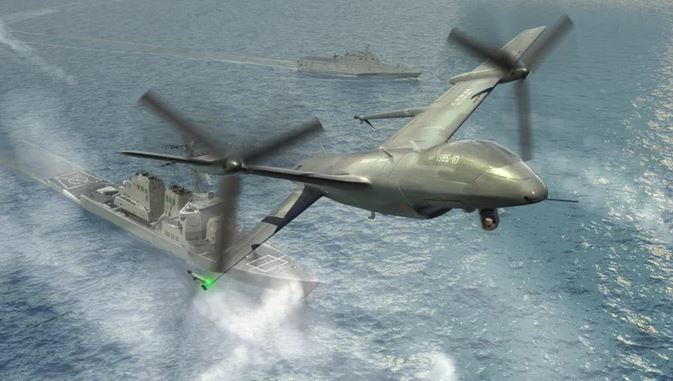
the info reminds me of the Northrop Grumman Darpa VTOL from 1950's, i remember watching a documentary about it years ago,
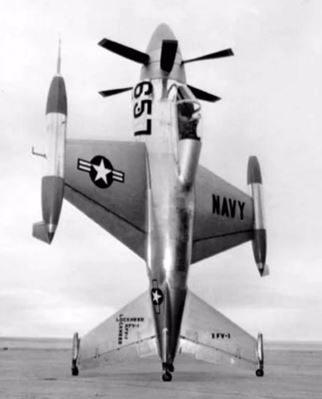
i like the look of the NASA electric VTOL Drone... i think electrics will be the future of drones
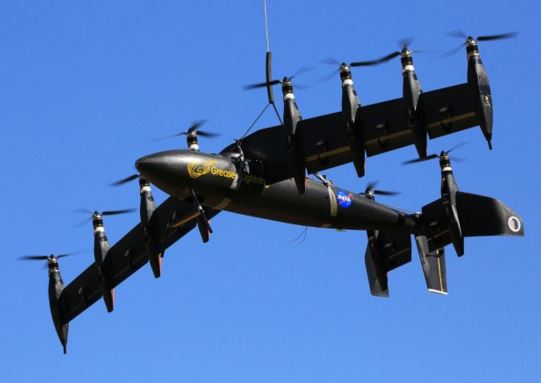
s ource
Maybe along these lines??

the info reminds me of the Northrop Grumman Darpa VTOL from 1950's, i remember watching a documentary about it years ago,

i like the look of the NASA electric VTOL Drone... i think electrics will be the future of drones

s ource
edit on 30/12/15 by Phatdamage because: I'm BATMAN
a reply to: Phatdamage
The drawing is close, from what I've heard about it, but the description that I have doesn't quite match the drawing released, which isn't surprising given that DARPA didn't want drawings or anything released.
The drawing is close, from what I've heard about it, but the description that I have doesn't quite match the drawing released, which isn't surprising given that DARPA didn't want drawings or anything released.
a reply to: Phatdamage
I think this one will stay grey at least. We might not get all the details we want about it, but I think we'll see it flying around once it gets to full testing, or IOC.
I think this one will stay grey at least. We might not get all the details we want about it, but I think we'll see it flying around once it gets to full testing, or IOC.
a reply to: Phatdamage
There are several interesting concepts released as part of the F-XX/F/A-XX programs. I like that one, but I really like the Lockheed concept. Boeing's is similar but with a wider wing, and possibly canards.
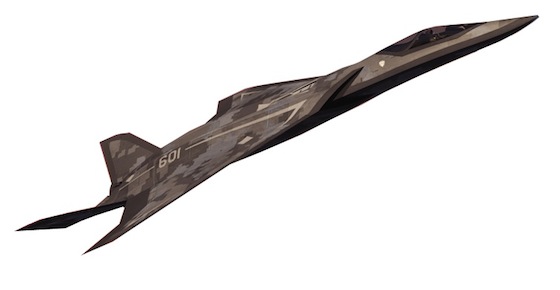
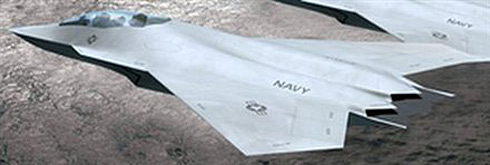
There are several interesting concepts released as part of the F-XX/F/A-XX programs. I like that one, but I really like the Lockheed concept. Boeing's is similar but with a wider wing, and possibly canards.


a reply to: Phatdamage
It's a good shape for stealth. It has some inherent stealth, just from the shape. Add in RAM and composites, and it gets stealthier.
It's a good shape for stealth. It has some inherent stealth, just from the shape. Add in RAM and composites, and it gets stealthier.
An old Flying Wing design from Germany just turned up on one of the Historic Aircraft forums..
Dr.Ir. Hermann Koehl and Ernst von Loessl
Dr.Ir. Hermann Koehl and Ernst von Loessl
new topics
-
Where should Trump hold his next rally
2024 Elections: 48 minutes ago -
Shocking Number of Voters are Open to Committing Election Fraud
US Political Madness: 1 hours ago -
Gov Kristi Noem Shot and Killed "Less Than Worthless Dog" and a 'Smelly Goat
2024 Elections: 2 hours ago -
Falkville Robot-Man
Aliens and UFOs: 2 hours ago -
James O’Keefe: I have evidence that exposes the CIA, and it’s on camera.
Whistle Blowers and Leaked Documents: 3 hours ago -
Australian PM says the quiet part out loud - "free speech is a threat to democratic dicourse"...?!
New World Order: 4 hours ago -
Ireland VS Globalists
Social Issues and Civil Unrest: 4 hours ago -
Biden "Happy To Debate Trump"
2024 Elections: 5 hours ago -
RAAF airbase in Roswell, New Mexico is on fire
Aliens and UFOs: 5 hours ago -
What is the white pill?
Philosophy and Metaphysics: 6 hours ago
top topics
-
A Warning to America: 25 Ways the US is Being Destroyed
New World Order: 14 hours ago, 21 flags -
Blast from the past: ATS Review Podcast, 2006: With All Three Amigos
Member PODcasts: 7 hours ago, 11 flags -
Mike Pinder The Moody Blues R.I.P.
Music: 7 hours ago, 8 flags -
Biden "Happy To Debate Trump"
2024 Elections: 5 hours ago, 8 flags -
Australian PM says the quiet part out loud - "free speech is a threat to democratic dicourse"...?!
New World Order: 4 hours ago, 7 flags -
James O’Keefe: I have evidence that exposes the CIA, and it’s on camera.
Whistle Blowers and Leaked Documents: 3 hours ago, 6 flags -
What is the white pill?
Philosophy and Metaphysics: 6 hours ago, 5 flags -
Ireland VS Globalists
Social Issues and Civil Unrest: 4 hours ago, 4 flags -
RAAF airbase in Roswell, New Mexico is on fire
Aliens and UFOs: 5 hours ago, 4 flags -
Putin, Russia and the Great Architects of the Universe
ATS Skunk Works: 10 hours ago, 3 flags
active topics
-
Biden "Happy To Debate Trump"
2024 Elections • 39 • : underpass61 -
Where should Trump hold his next rally
2024 Elections • 6 • : WeMustCare -
University of Texas Instantly Shuts Down Anti Israel Protests
Education and Media • 306 • : Xtrozero -
Russia Ukraine Update Thread - part 3
World War Three • 5737 • : Arbitrageur -
Gov Kristi Noem Shot and Killed "Less Than Worthless Dog" and a 'Smelly Goat
2024 Elections • 26 • : CarlLaFong -
James O’Keefe: I have evidence that exposes the CIA, and it’s on camera.
Whistle Blowers and Leaked Documents • 8 • : Athetos -
Weinstein's conviction overturned
Mainstream News • 29 • : Xtrozero -
Shocking Number of Voters are Open to Committing Election Fraud
US Political Madness • 2 • : xuenchen -
Candidate TRUMP Now Has Crazy Judge JUAN MERCHAN After Him - The Stormy Daniels Hush-Money Case.
Political Conspiracies • 810 • : Annee -
Do you ever just get "bored" of everything?
Rant • 22 • : JonnyC555

